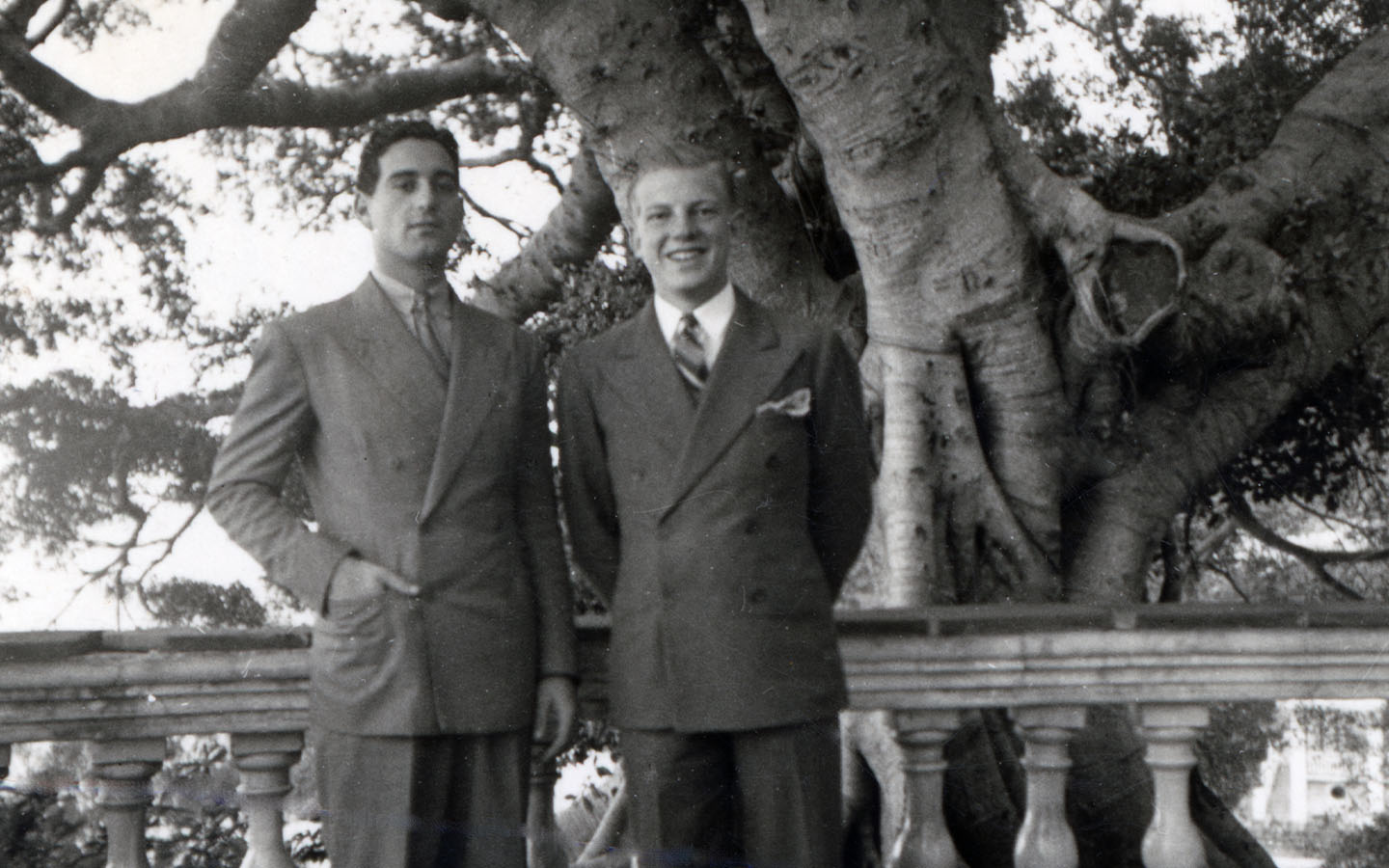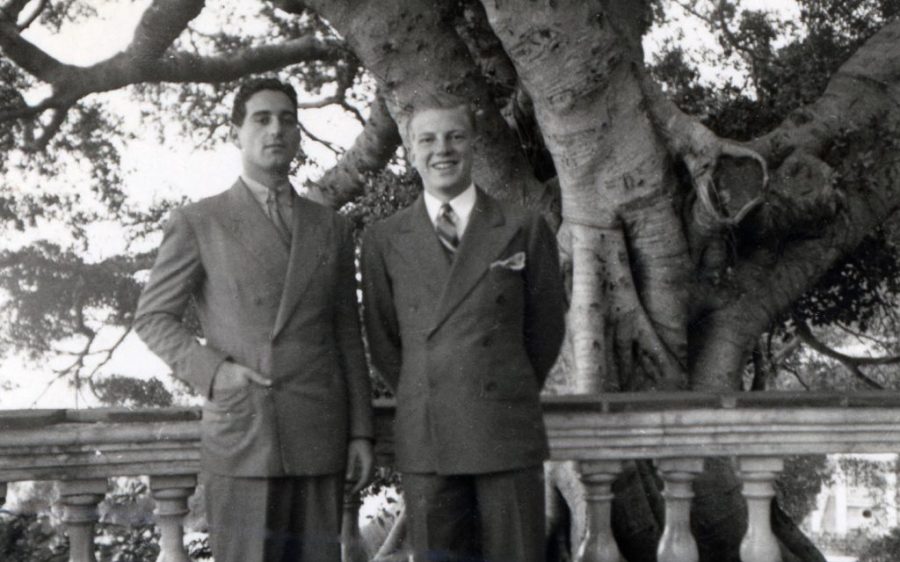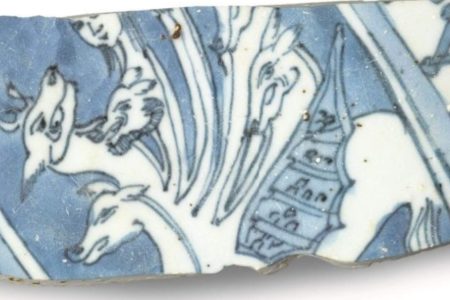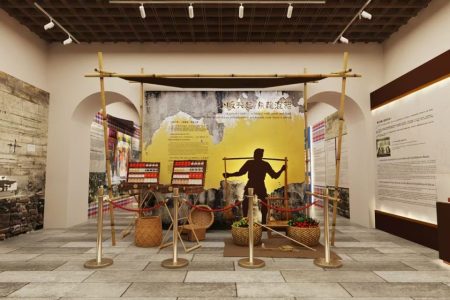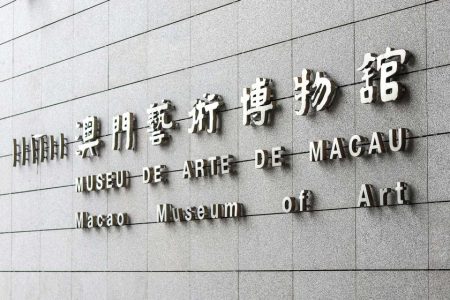Growing up, Bill Lascher never had the opportunity to meet his great-uncle Melville (“Mel”) Jacoby, a journalist who, in the late 1930s and early 1940s, documented the Asia-Pacific theatre of World War II.
In fact, the Oregon-based writer didn’t know of Jacoby’s existence until he was in his early twenties. At the time, Lascher’s grandmother had handed him an antique typewriter to mark the start of Lascher’s career in journalism, telling the budding reporter that it had been the property of “my cousin, the war correspondent.”
The gift marked a turning point, opening the door to conversations about his great-uncle and access to his collection of photos and letters. What Lascher uncovered was the portrait of an adventurous young man who was curious, playful and willing to learn and adapt to the world around him.
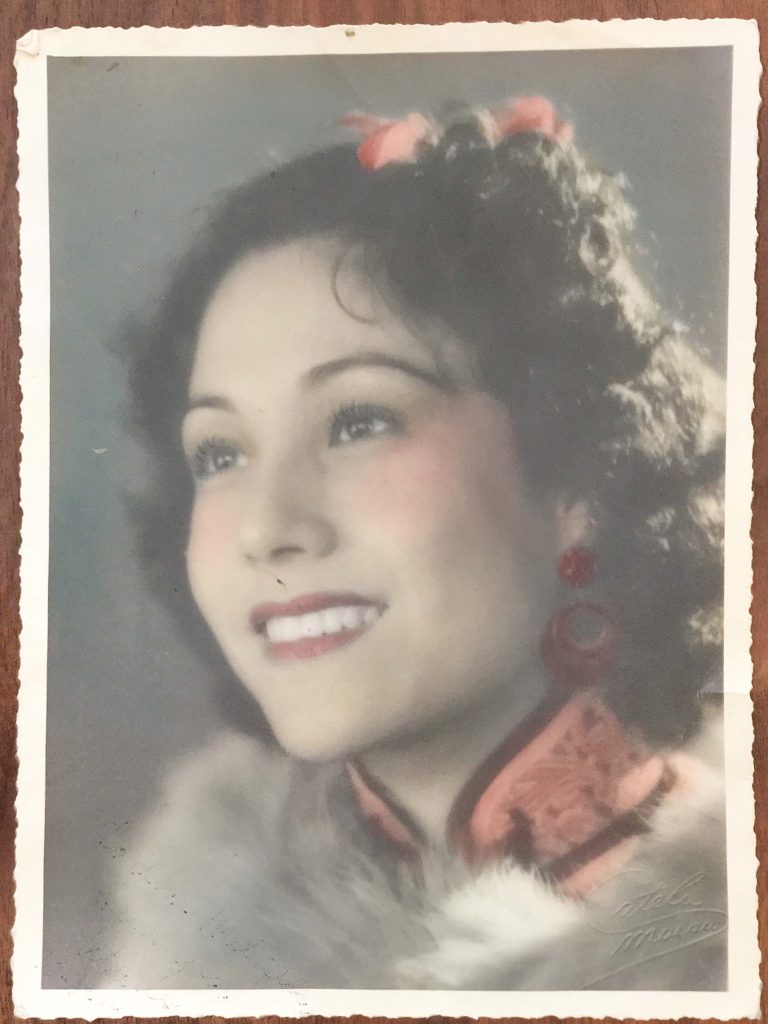
[See more: Diving into Macao’s past with João Botas, the history blogger behind Macau Antigo]
As a Stanford undergraduate student, Jacoby demonstrated these traits in spades. In 1937 and 1937, he participated in an exchange program in Guangzhou (then called Canton) at the former Lingnan University (now Sun Yat-sen University), where he had the opportunity to explore Southern China and befriend Carlos Leitão, a member of the prominent Macanese family. Mel would end up dating Maria (“Marie”) Leitão, the older sister of Carlos and Clementina Leitão, who would later marry casino tycoon Stanley Ho.
In an extract from his diary, dated 11 February 1936, Jacoby wrote: “The girls are very, very, very attractive down in Macau and I shall visit the place again very soon as Carlos’ sister asked me to be her guest again at the [Bela Vista] hotel. They have an interesting family. The old man [Carlos Ernesto de Melo Leitão] is Portuguese. He is a lawyer, builder, hotel owner, investor etc. He has a wife and two kids in Portugal. He has three wives in Macau and twenty three children from them. They are of course half-Chinese. Very nice kids, all of them, and, since he is very strict and Catholic, well mannered for the type. The wives all have different homes in Macau and each child lives with the respective mother…”
Upon completing his undergraduate studies in the US in 1938, Jacoby pursued a master’s degree, returning to Asia in late 1939 to cover the war as a foreign correspondent for US media outlets such as Time, Life and United Press.
[See more: Remembering Michael Rogge, the YouTuber who preserved old Macao through film]
Frontline reporting was precarious work, with Jacboy and his wife, Annalee, narrowly escaping the Philippines after it fell to the Japanese in early 1942. Sadly, he met his end several months later in an aeroplane accident in Australia at the tender age of 25.
Despite his tragically short life, Jacoby’s legacy lives on through Lascher, who has published two books about his great-uncle, including last year’s A Danger Shared: A journalist’s glimpses of a continent at war, which showcases the images that Jacobyl captured across Asia as a student and reporter.
Lascher spoke with Macao News from Hong Kong, where he opened an exhibition of Jacoby’s photos at the Foreign Correspondents’ Club in March.
This interview has been edited for brevity and clarity.
What motivated you to want to produce a book based on your great-uncle’s photos?
I ended up getting a book deal to write the book Eve of a Hundred Midnights in 2016, which was my biography of Mel. That only made me realise that there was so much more to work with. I had all these photos and nowhere to put them.
[See more: Building a Macao icon: Lo Wing Cheung and the Hotel Lisboa]
My book [Eve of a Hundred Midnights] ended up with about 20 pictures, and they were of Mel or of his wife, Annalee. There are all these other pictures of all these amazing places. [At] first, I was using the stuff online, but it never really looked right online. It was [a question of] how do you get it out there?
[See more: Three inspiring women from history who have made their mark on Macao]
Along the lines of working on the stuff, I ended up meeting the author Paul French. I told him about these photos and he knew how interesting it was and how there would be people interested. I mentioned to him how I wanted to do something like a coffee table book.
Even my grandmother and I were talking about this when she was still alive. Our idea was we did this story of Mel, but we still need to show the world what he saw, particularly because when I worked on my first book, time and again, when I talked to people in the US, anytime I brought up the war in China, people looked at me kind of confused.
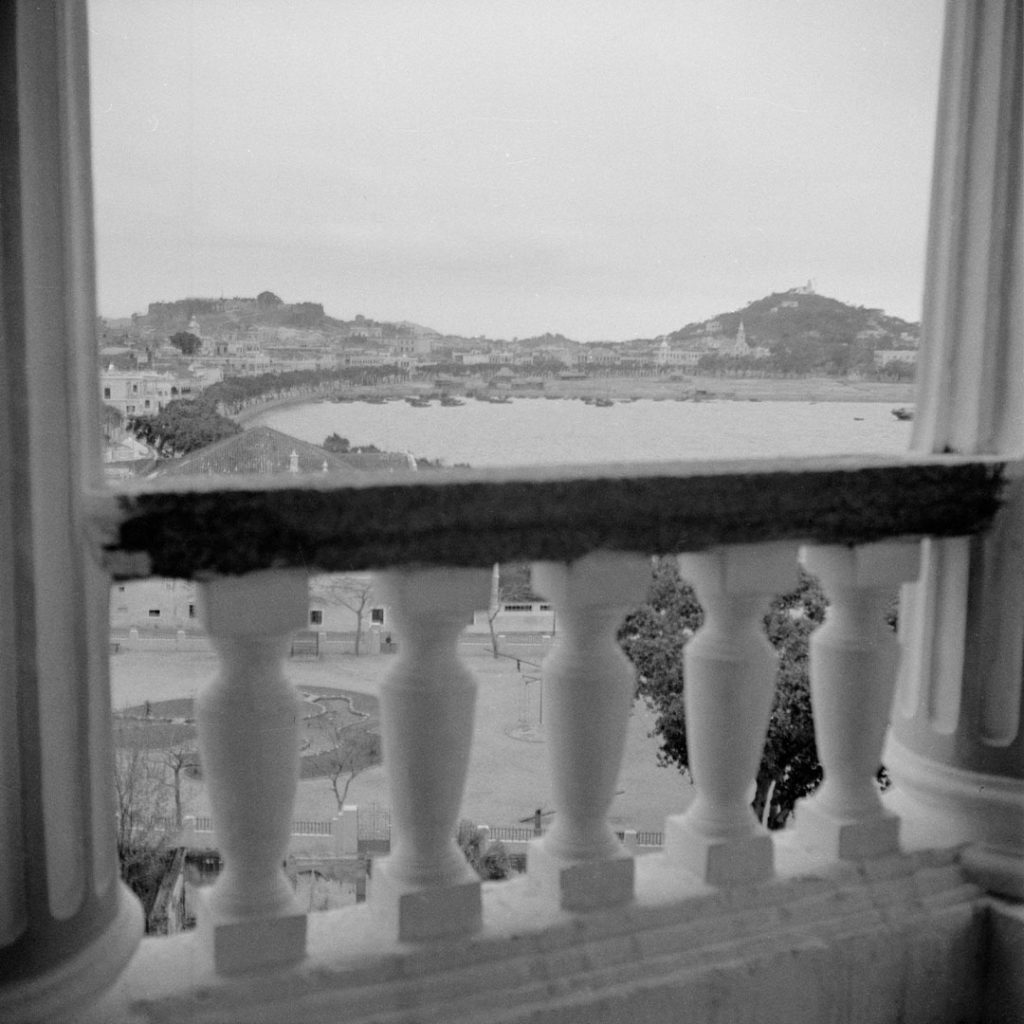
How many photos are there in Jacoby’s photo collection?
I’ve counted something like a little over 1,000 individual images.
Your great-uncle appears to be very open with his family in his letters, speaking about parties, beautiful girls, staying up late and gambling.
I think it was a reflection of his personality, and also his family. His two uncles, so two of his mother’s brothers, and she probably had a stake in this, opened a hotel in Hollywood [in the 1920s] called the Hollywood Plaza Hotel.
[See more: Travel back in time to experience Macao’s firecracker era]
There had been large, big parties there, and I’m sure there was gambling. They opened that hotel during Prohibition [1920-1933] in the US. I know from family stories that they were able to get alcohol just fine. So, partying and enjoying socialising in life was not really a secret in that family.
How did Jacoby’s relationship with Marie end?
I think he joked about maybe bringing her home, but I don’t think he intended to marry her, propose to her or have her come to the States. I think it ended because his school year ended and he had plans to go travel through China after the school year ended in June of 1937. It wasn’t realistic for him to try to continue the relationship.
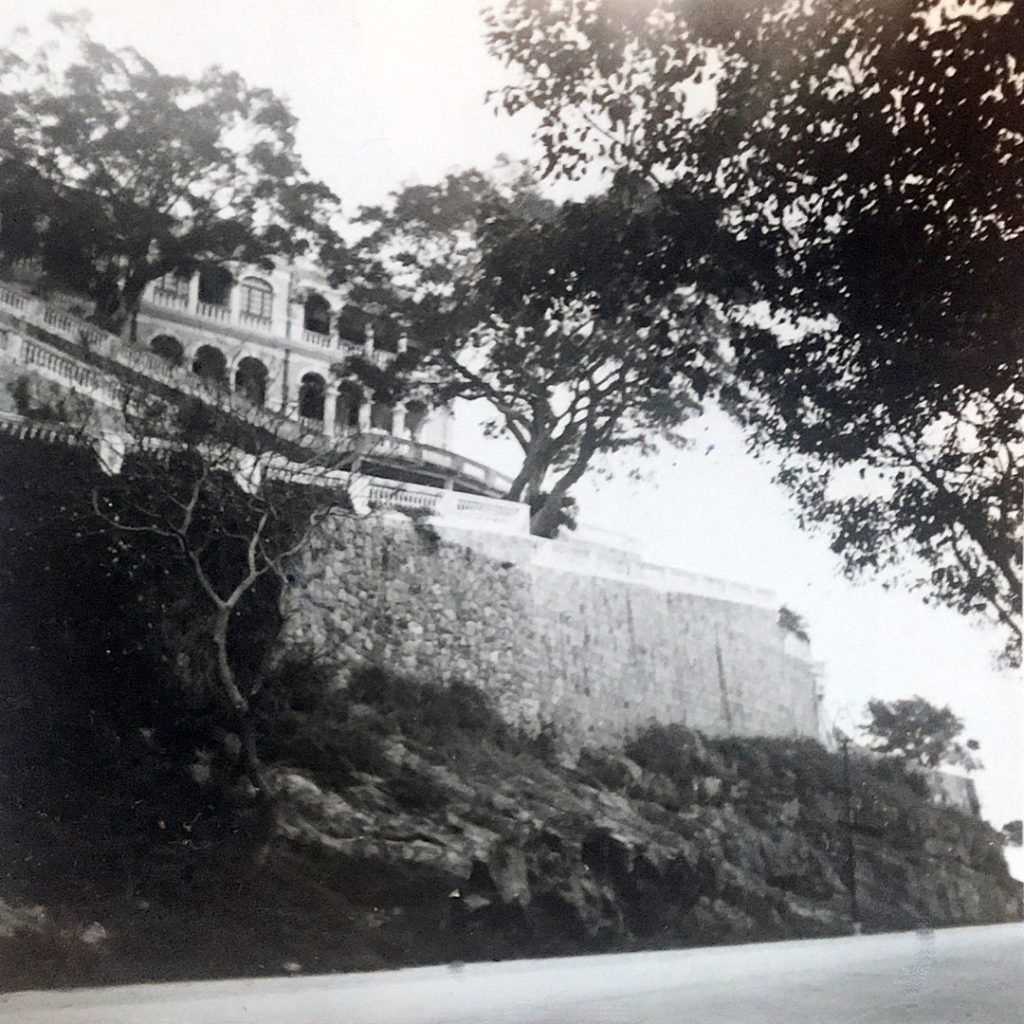
What did you learn from the short trip to Macao that you took in 2015 as part of your effort to retrace your great-uncle’s steps?
I discovered in many ways the Bela Vista, the structure, is still there. Although it’s not a hotel [any more], it looks very similar to these photos that I had seen. The Praia [Nam Van] is in many ways similar.
[See more: Remembering when Ulysses S. Grant got the cold shoulder in Macao]
Obviously, Macao has developed just like Hong Kong and so many other places, but at least the interior part of Macao, the old Macao, is very visible there in terms of the structures that, for example, show up in those films of Mel’s. Riding around in the car, it’s almost like you can see some of the same streets. It gave me that perspective that I had of being in Mel’s footsteps that I’d only had in a couple other moments on that research trip.
Aside from the Soong sisters and Chiang Kai Shek, which other historical figures did your great-uncle take photos of?
Of course, [World War II US general] Douglas MacAruthur’s son, who was known as Arthur MacArthur IV. [President] Manuel Quezon of the Philippines and his family. Theodore H. White, who was one of his best friends and who was an author and a journalist also at Time.
What impact did his photos have?
It’s hard to know. It’s hard to measure that and it’s hard to quantify the impact. I know it was all very tied into the effort to develop to promote the efforts of, say, United China Relief, to send war relief money to China, particularly to things like orphanages and to support food.
[See more: Five things you may not know about the Hotel Estoril]
By the time that the US entered the war, and Mel was one of the only reporters in the Philippines and sending back some of the only images from those first few months of the war from the Philippines. He became a household name because people were seeing what their neighbours and their sons and their brothers were doing and what they were experiencing in places like Bataan and Corregidor.
Do you have any plans to publish a second volume to A Danger Shared?
I’ve had so many ideas. Even before this photo book, I’ve wanted to do a movie about Mel’s life. I would love to publish more of them. I would still need to figure out what the focus is because it’s almost like there’s too many.
